
Other Surgery
Have you heard of other surgeries from PRK, SMILE, Epi-LASIK, LASEK and PresbyLASIK? Learn more about these other surgeries to correct refractive errors.
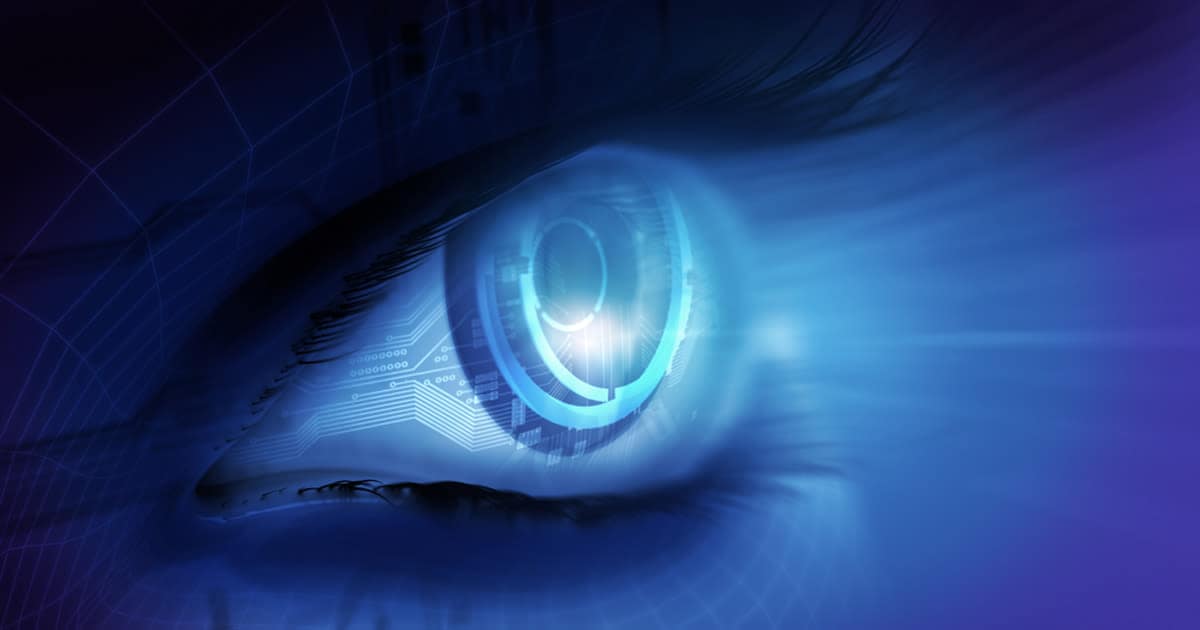
Curious about the latest in bionic eye implants? Read about how bionic eyes are restoring some functional sight for those who are blind
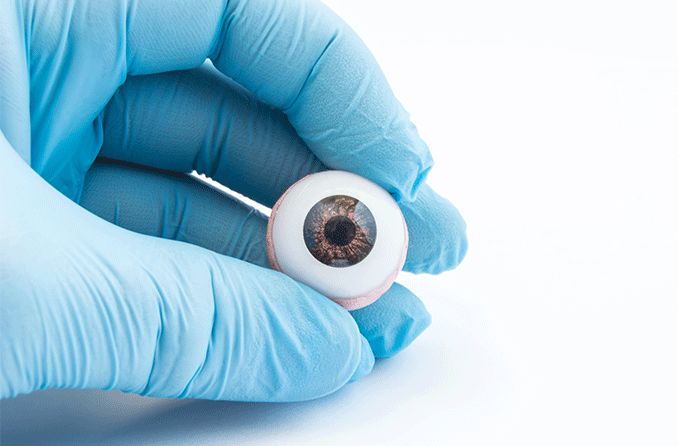
Why can’t surgeons transplant the human eye? Find out about the complications and get the facts on partial transplants and “bionic eye” devices.
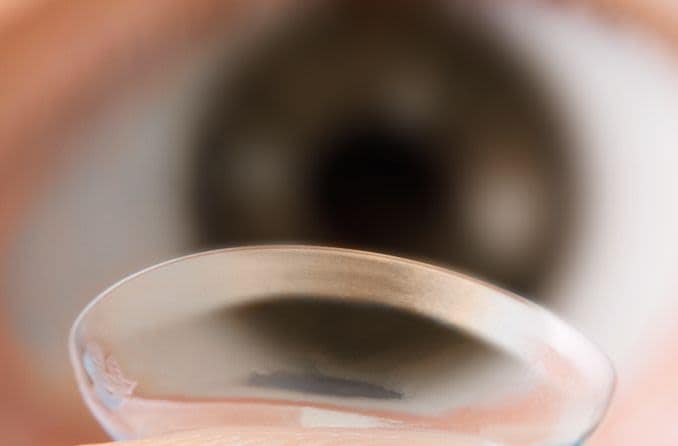
Dr. Gary Heiting explains combination strategies for presbyopia, such as LASIK with wavefront eyeglasses, and what to consider.
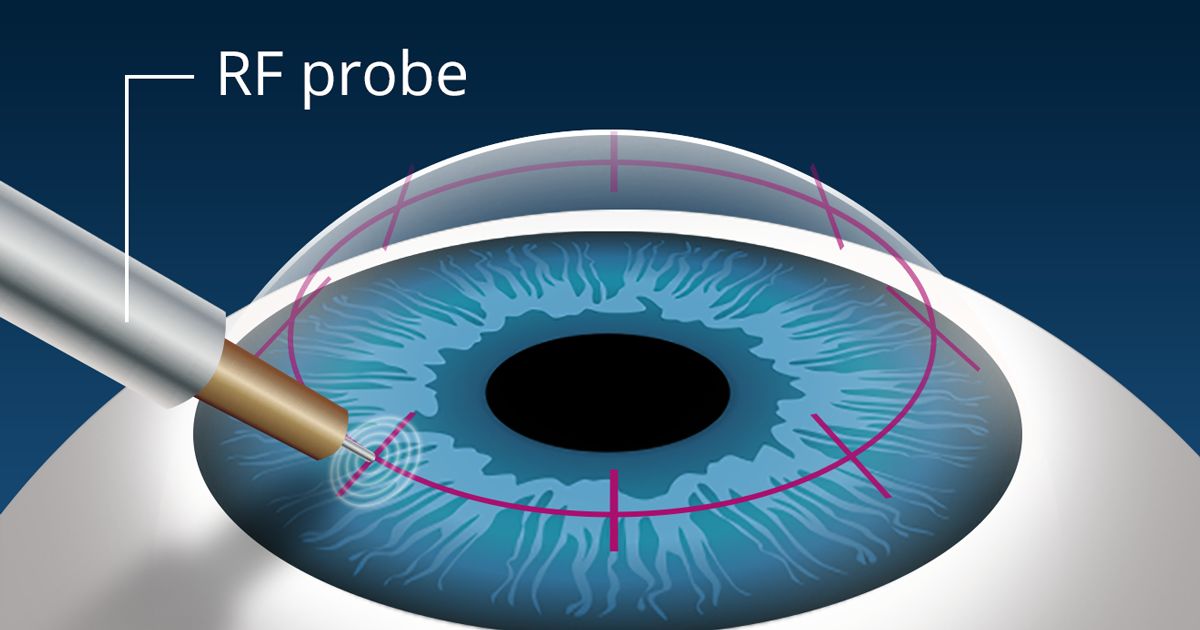
Learn about conductive keratoplasty or CK, a non-invasive eye surgery that can improve near vision.
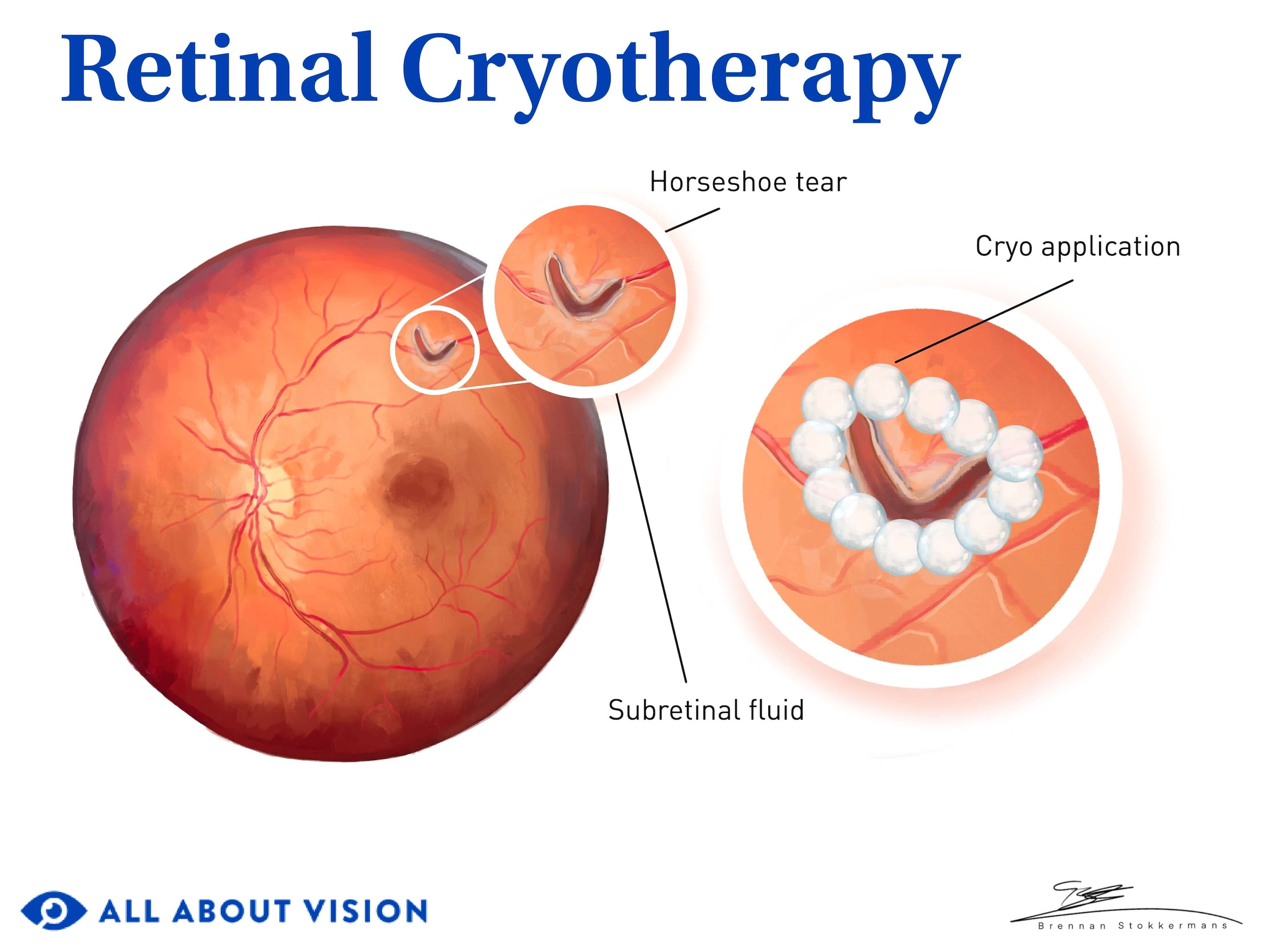
Learn how cryopexy (retinal cryotherapy) freezes the tissue around a retinal tear or hole, causing scar tissue to form adhesions that reattach the retina.

After detached retina surgery, it can take several weeks or months for someone’s vision to fully recover, but most discomfort will go away within the first week.
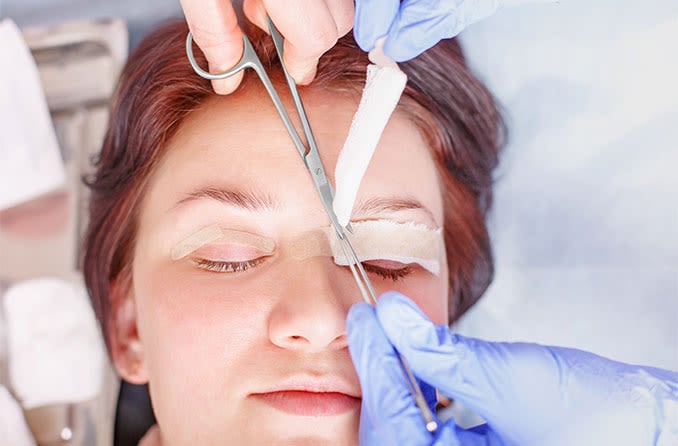
Eyelid surgery is often the best treatment for ptosis.
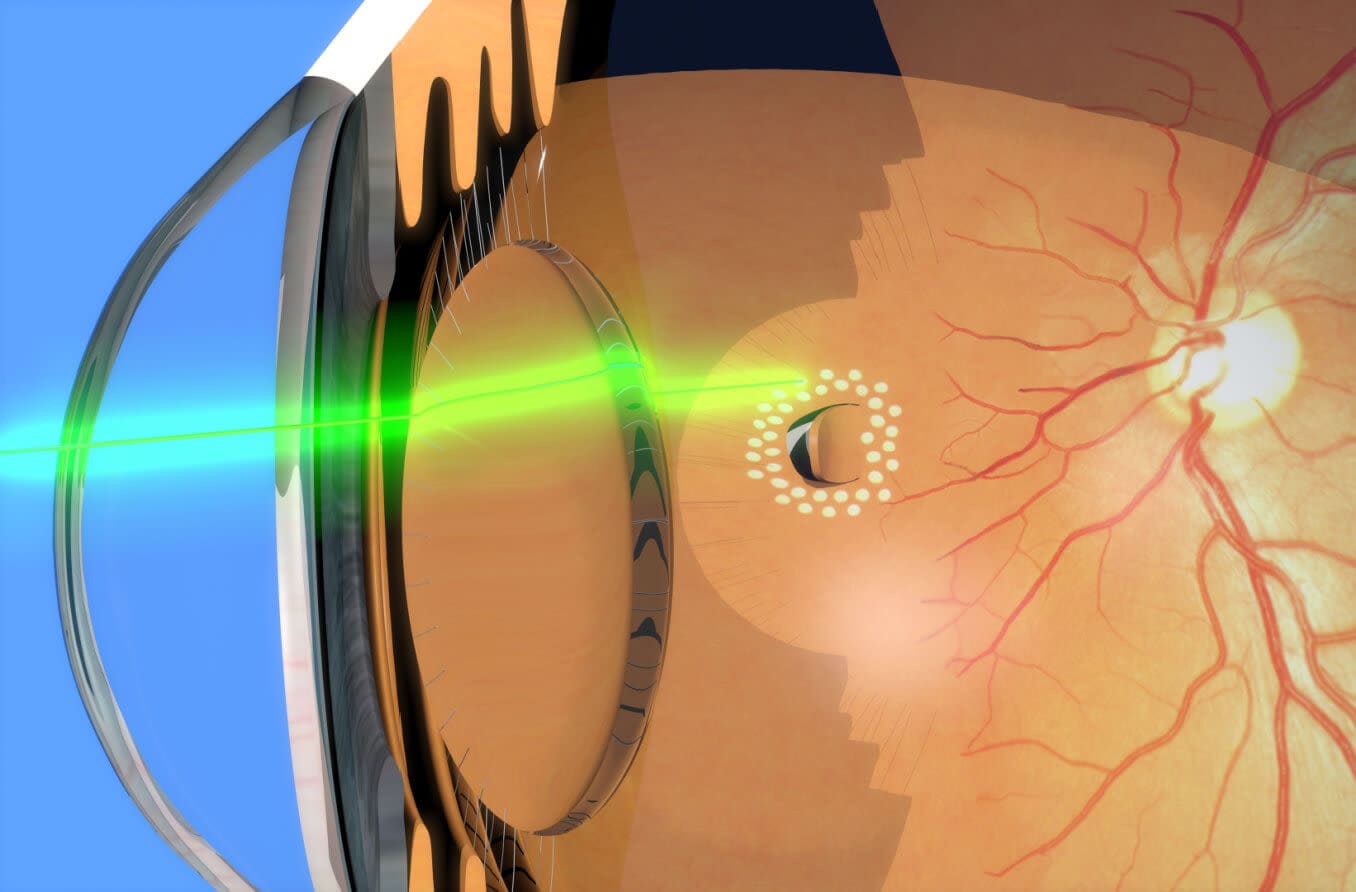
Learn more about laser photocoagulation, used to manage complications of conditions such as diabetic retinopathy, macular edema and retinal holes or tears.
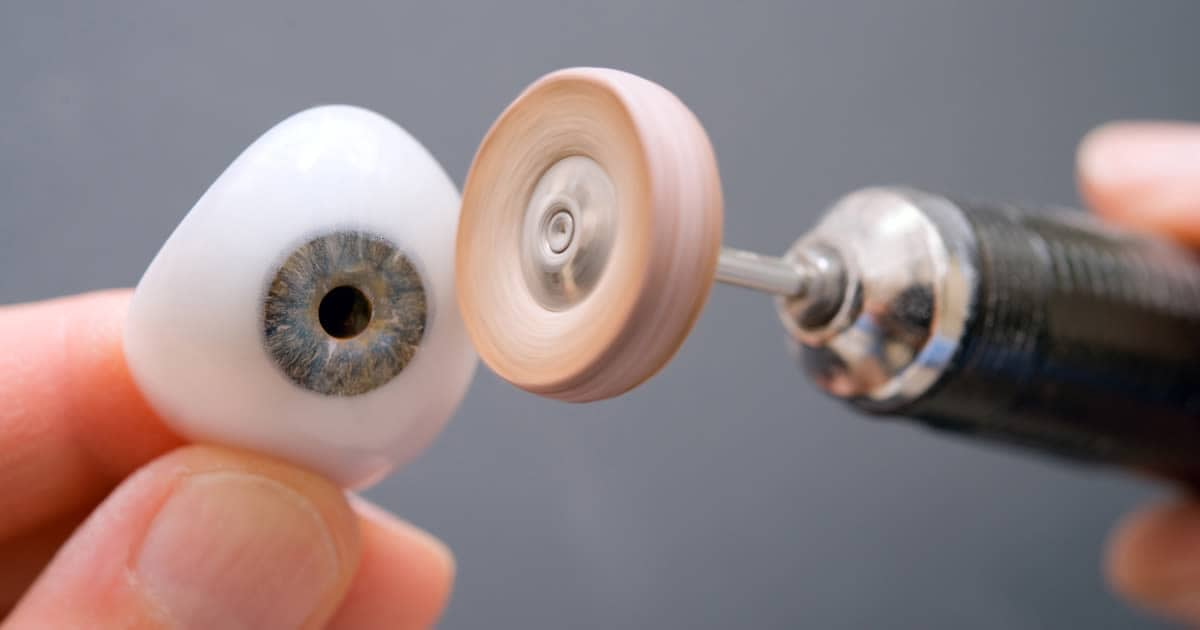
Answers to common questions about surgical removal of an eye (enucleation) and the fitting and care of a prosthetic eye (glass eye).
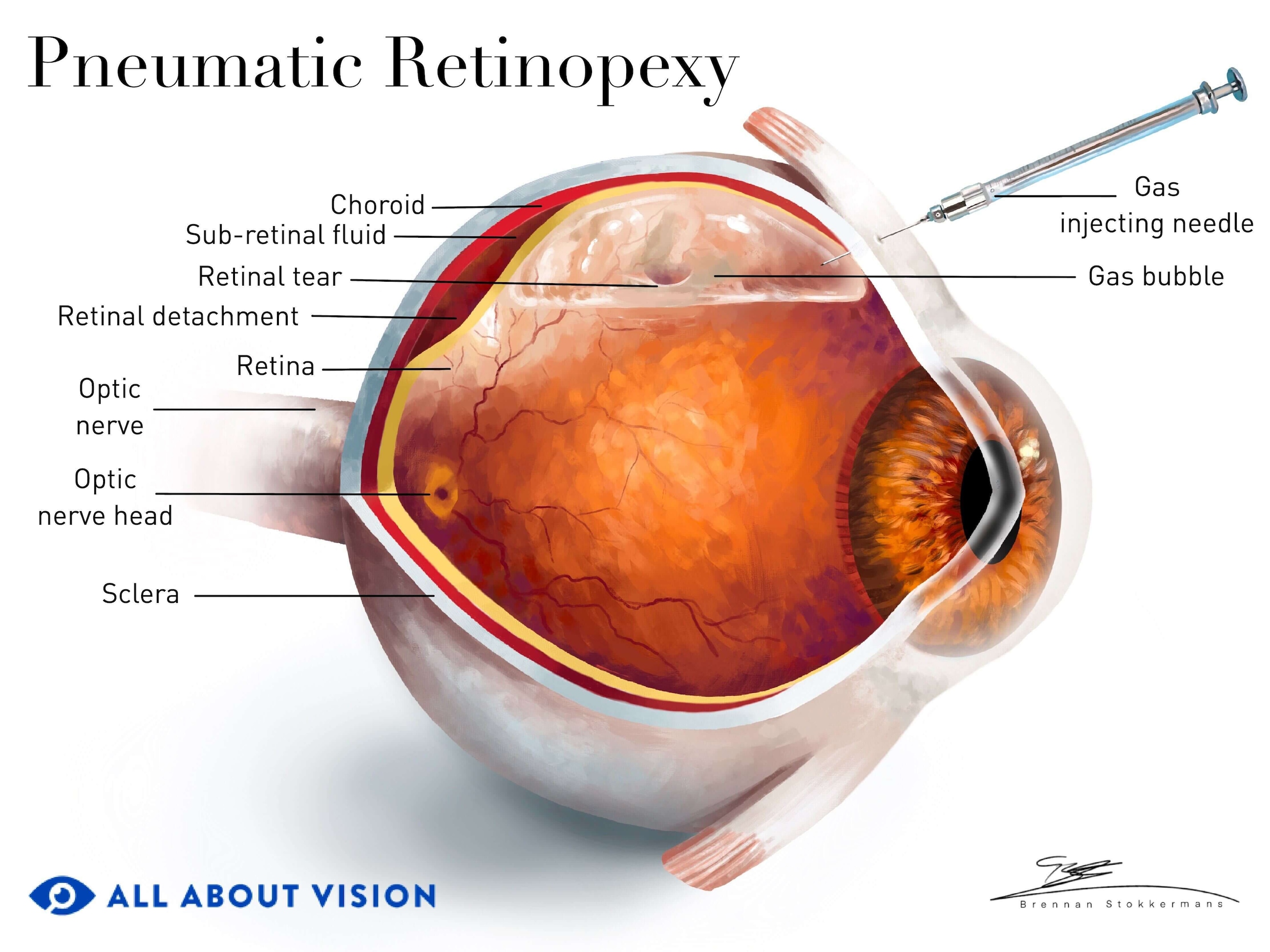
In pneumatic retinopexy, an air or gas bubble is injected into the eye to treat a detached retina. Learn how it works and what happens during the procedure.

Facing cataract surgery? Here are FAQs about presbyopia-correcting intraocular lenses.
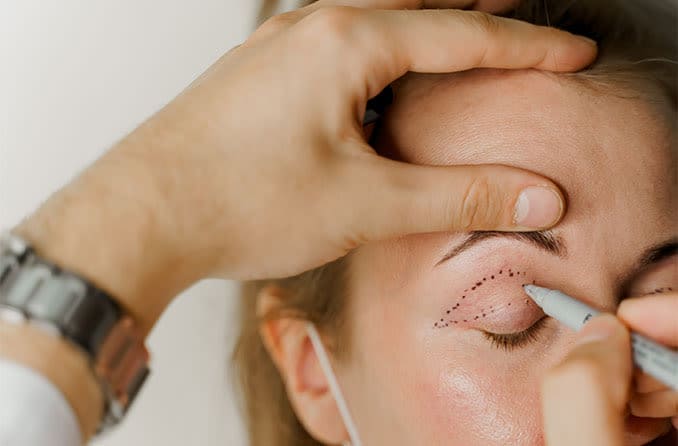
Ptosis surgery isn’t always needed. But when it is, a surgeon will choose to perform one of the following three procedures.
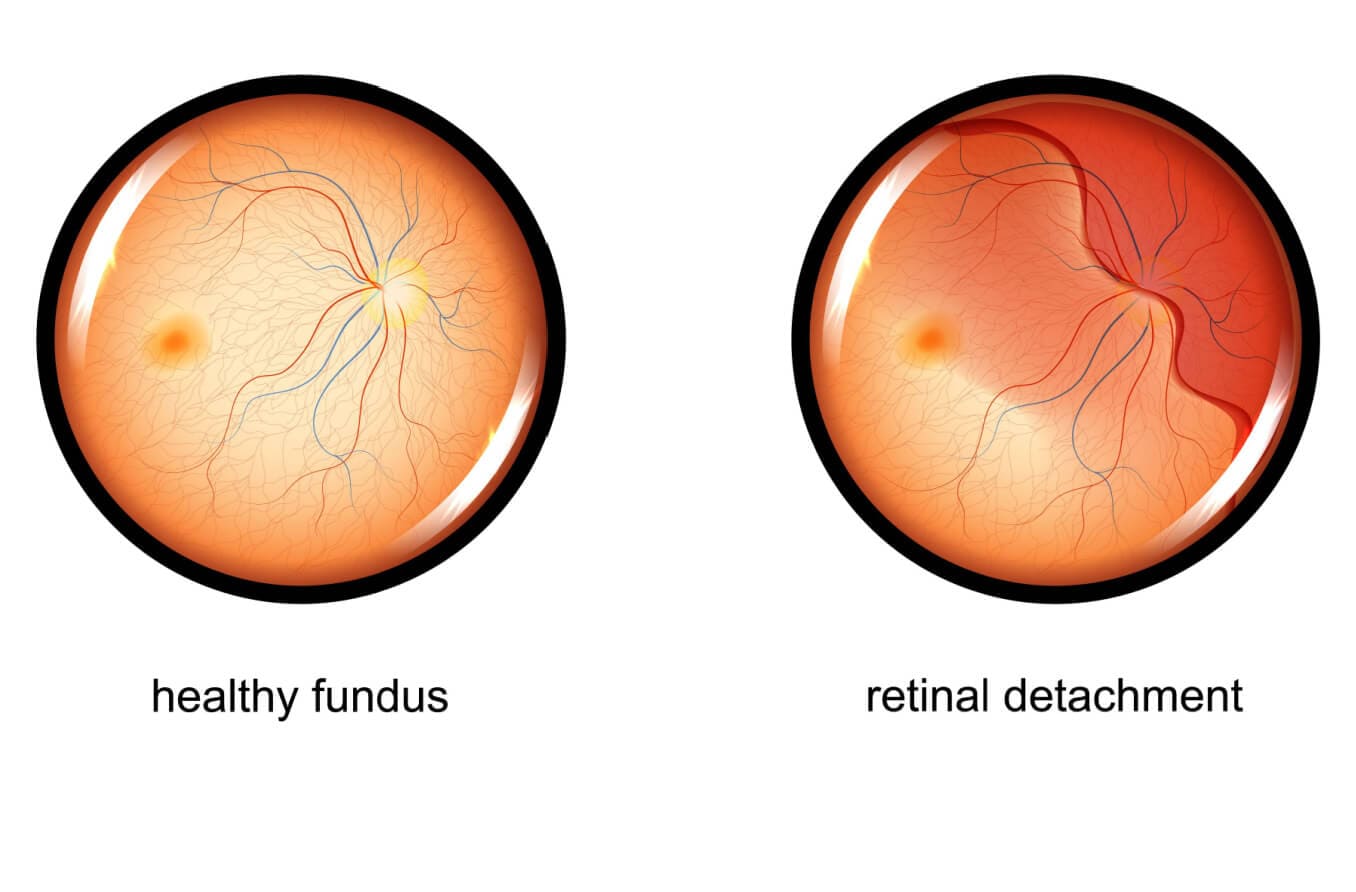
Retinal tear surgery may be required when the retina is torn. Learn more about the most common surgical options.
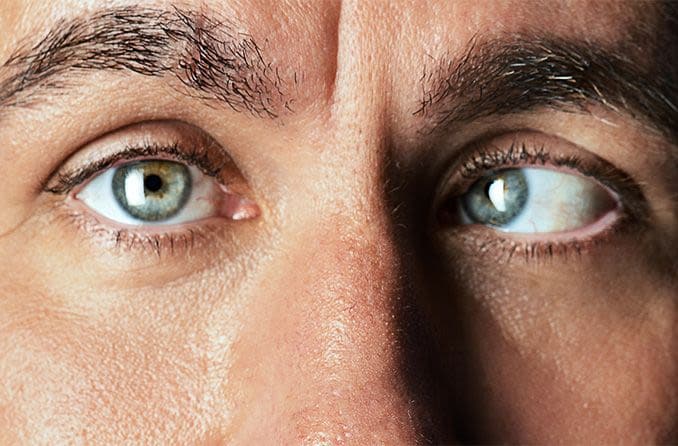
Dr. Chris Knobbe explains how strabismus surgery corrects eye muscle function to help re-align misaligned eyes.

Answers to your strabismus surgery questions by an expert eye doctor.

Learn which surgeries treat eye conditions, such as cataracts, glaucoma, retinal detachments, wet AMD, diabetic retinopathy and refractive errors.
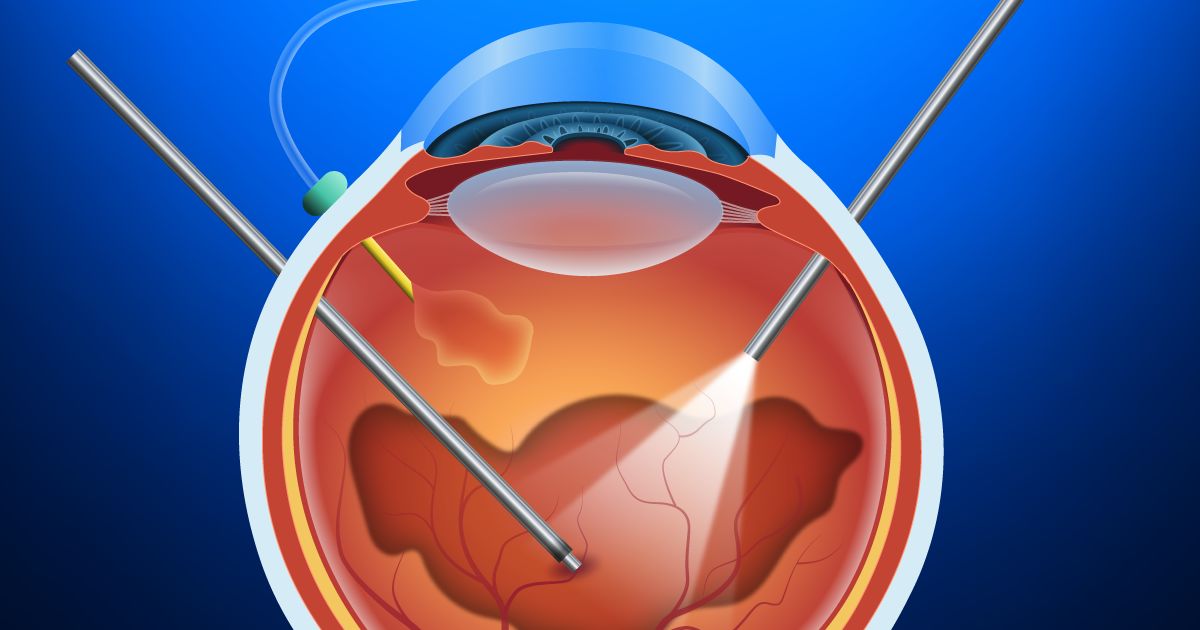
Vitrectomy and vitreoretinal eye surgery can help treat retinal detachments and many other conditions.
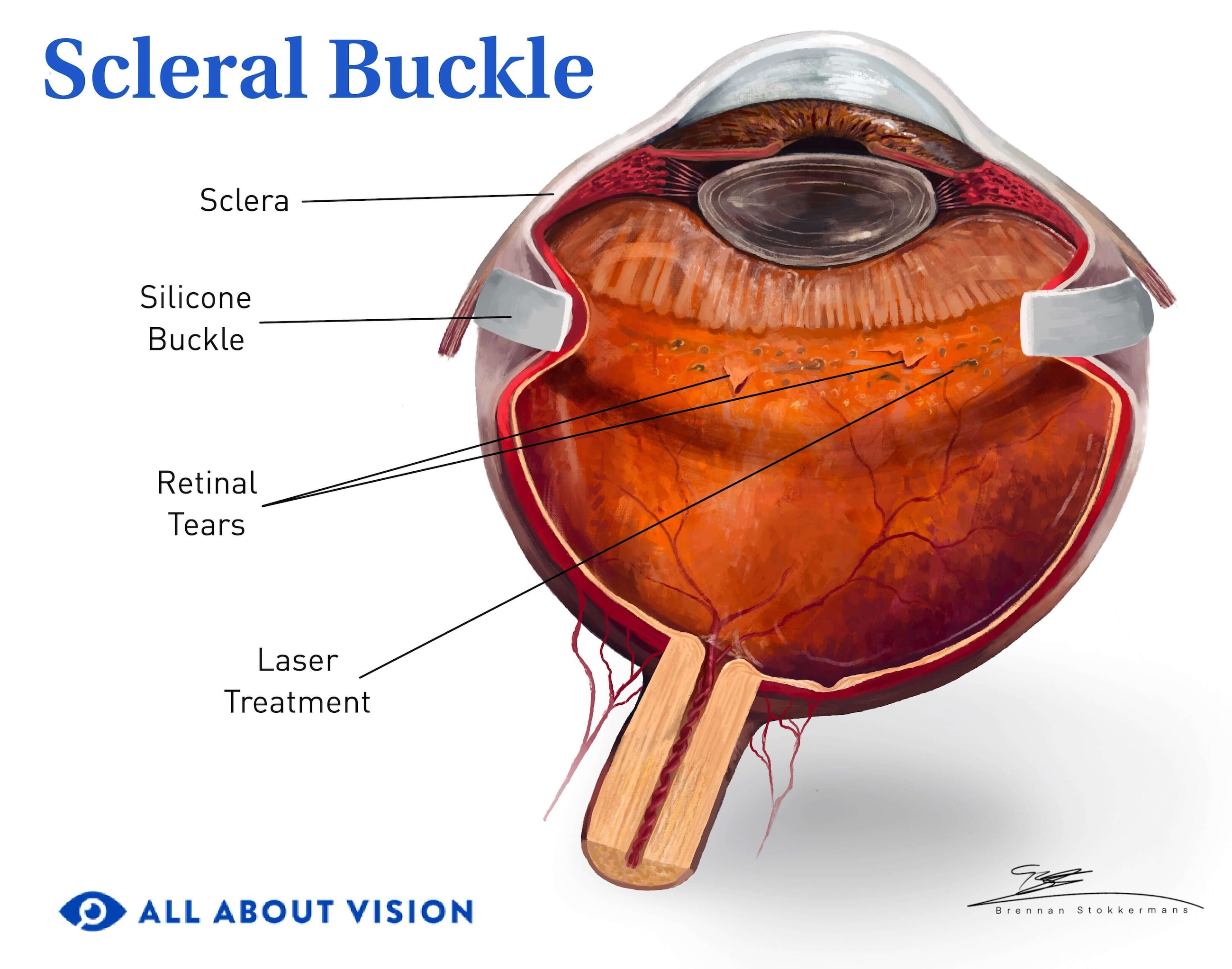
A scleral buckle is a surgery that places a permanent silicone band around the eye to help return the retina into position after a retinal detachment.
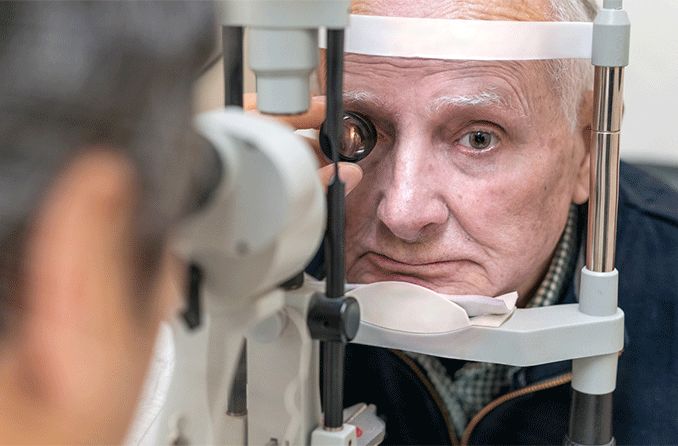
Posterior capsulotomy, or YAG capsulotomy, is a procedure done to treat complications that may develop after cataract surgery.
All About Vision and AllAboutVision.com are registered trademarks of AAV Media, LLC. © 2000-2025 AAV Media, LLC. The content on this site is for informational purposes only. All About Vision does not provide medical advice, diagnosis or treatment. Contact an eye doctor if you need medical attention.